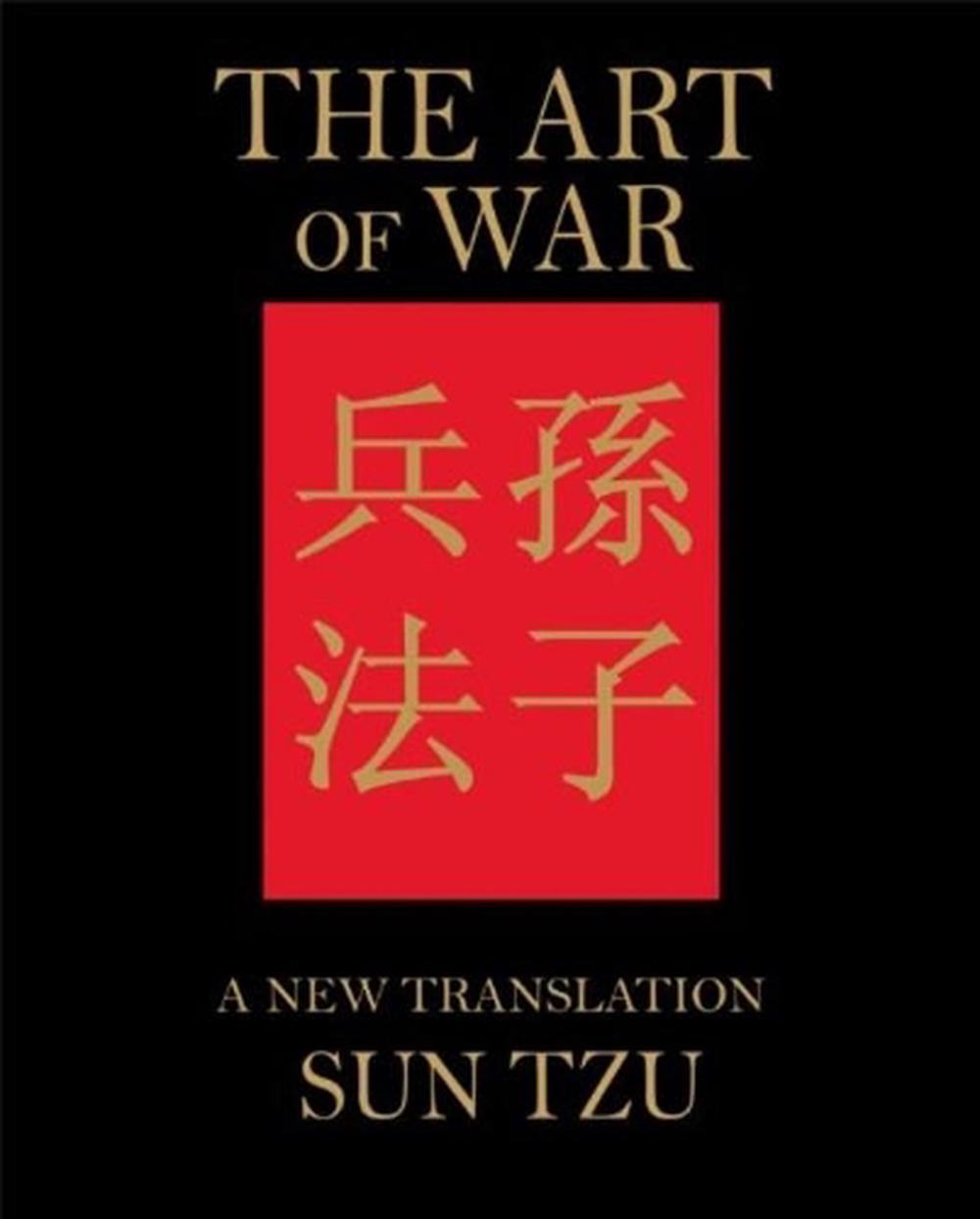
The Art of War
by Sun Tzu, James Trapp
Written in the 6th century BC, Sun Tzu's The Art of War is still used as a book of military strategy today.
Hardcover
English
Brand New
Publisher Description
Written in the 6th century BC, Sun Tzu's The Art of War is still used as a book of military strategy today. Napoleon, Mae Zedong, General Vo Nguyen Giap and General Douglas MacArthur all claimed to have drawn inspiration from it, and even beyond the world of war, business and management gurus have also applied Sun Tzu's ideas to office politics and corporate strategy. Using a new translation by James Trapp and including editorial notes, this edition of The Art of War is printed on high quality paper and bound by traditional Chinese book-making techniques. It contains the full 13 chapters on such topics as laying plans, attacking by stratagem, weaponry, terrain and the use of spies. Sun Tzu addresses different campaign situations, marching, energy and how to exploit your enemy's weaknesses. Of immense influence to great leaders across millennia, The Art of War is a classic text richly deserving this exquisite edition. About the Author James Trapp is the author of Chinese Characters: The Art and Meaning of Hanzi.AChinese language graduate of the School of Oriental and African Studies, University of London, he teaches Mandarin, is an Education Officer on the China Collection at the British Museum and worked for many years in Hong Kong as a dealer in Chinese art.
Notes
A new translation by James Trapp.
Author Biography
James Trapp is the author of Chinese Characters: The Art and Meaning of Hanzi. A Chinese language graduate of the School of Oriental and African Studies (SOAS), University of London, he teaches Mandarin, is an Education Officer on the China Collection at the British Museum and worked for many years in Hong Kong as a dealer in Chinese art.
Table of Contents
Introduction 1. Laying Plans explores the five fundamental factors that define a successful outcome (the Way, seasons, terrain, leadership, and management). By thinking, assessing and comparing these points you can calculate a victory, deviation from them will ensure failure. Remember that war is a very grave matter of state. 2. Waging War explains how to understand the economy of war and how success requires making the winning play, which in turn, requires limiting the cost of competition and conflict. 3. Attack by Stratagem defines the source of strength as unity, not size, and the five ingredients that you need to succeed in any war. 4. Tactical Dispositions explains the importance of defending existing positions until you can advance them and how you must recognize opportunities, not try to create them. 5. Energy explains the use of creativity and timing in building your momentum. 6. Weak Points & Strong explains how your opportunities come from the openings in the environment caused by the relative weakness of your enemy in a given area. 7. Manoeuvring The Force explains the dangers of direct conflict and how to win those confrontations when they are forced upon you. 8. Variation in Tactics focuses on the need for flexibility in your responses. It explains how to respond to shifting circumstances successfully. 9. The Army on the March describes the different situations in which you find yourselves as you move into new enemy territories and how to respond to them. Much of it focuses on evaluating the intentions of others. 10. Terrain looks at the three general areas of resistance (distance, dangers, and barriers) and the six types of ground positions that arise from them. Each of these six field positions offers certain advantages and disadvantages. 11. The Nine Situations describe nine common situations (or stages) in a campaign, from scattering to deadly, and the specific focus you need to successfully navigate each of them. 12. The Attack by Fire explains the use of weapons generally and the use of the environment as a weapon specifically. It examines the five targets for attack, the five types of environmental attack, and the appropriate responses to such attack. 13. The Use of Spies focuses on the importance of developing good information sources, specifically the five types of sources and how to manage them.
Promotional
New modern translation of this bestselling classic from Sun Tzu that also includes the original Chinese text
Prizes
Short-listed for British Book Design and Production Awards 2011 (UK)
Review Quote
"With editorial notes and a new translation by James Trapp, this beautifully bound book is a must for any strategist or business man, or any everyday man that is looking for tips on how to rise to the top of whatever corporate or social ladder he is climbing"
Details

